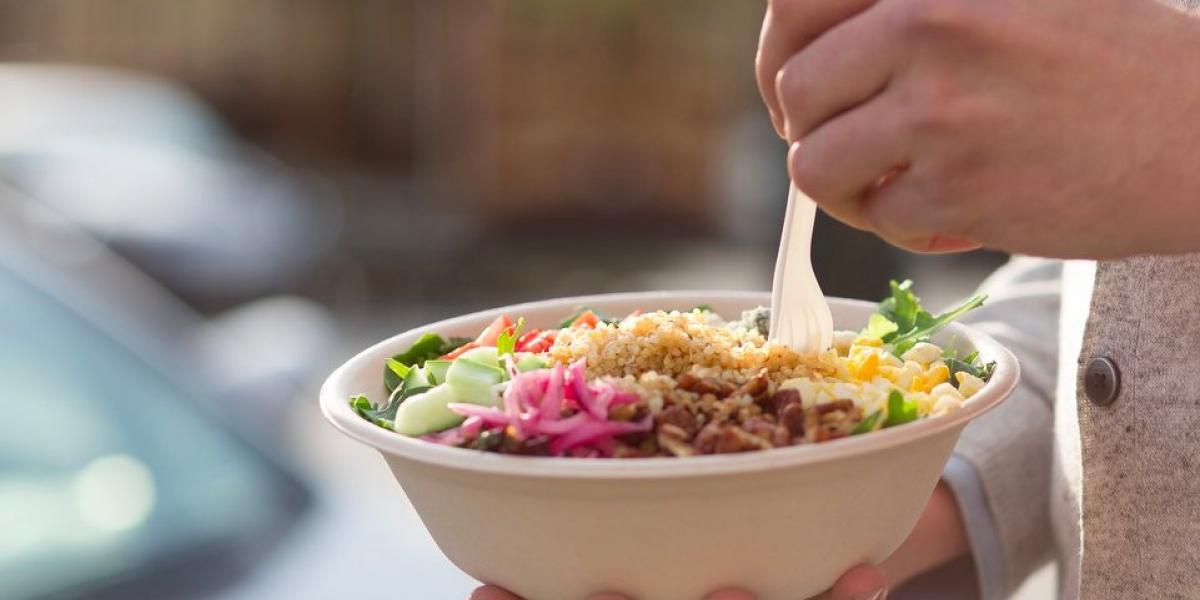Live
- Maharashtra records 32.18 pc voting with bright spot Gadchiroli at over 50 pc
- BGT 2024-25: Indian team undergoes rigorous fielding sessions at Optus Stadium in Perth
- IPL 2025: Rishabh Pant will go at around 25-28 crore in the auction, claims Robin Uthappa
- Hardik reclaims No.1 T20I all-rounder spot; Tilak Varma soars into top 10
- Poor air quality surging dry eyes, allergies in children & adults: Experts
- Nokia wins multi-billion 5G deal from Bharti Airtel for India operations
- War of words over ‘bogus’ voting between Sharad Pawar faction and Ajit Pawar group in Baramati
- Delhi HC pauses money laundering trial against P. Chidambaram in Aircel-Maxis case
- Maoist’s killing: Cops went by law, no question of politics on security, says K’taka HM
- Date for resuming India-UK free trade talks to be finalised soon
Just In

The findings suggested that internal, physical states themselves can serve as contexts that cue specific learned behaviors.
Turns out, you can change the way satiety works!
When hunger pangs strike, we usually interpret them as a cue to reach for a snack; when we start to feel full, we take it as a sign that we should stop eating. But a new research showed that these associations can be learned the other way around, such that satiety becomes a cue to eat more, not less.
The findings suggested that internal, physical states themselves can serve as contexts that cue specific learned behaviors.
"We already know that extreme diets are susceptible to fail. One reason might be that the inhibition of eating learned while dieters are hungry doesn't transfer well to a non-hungry state," said one of the authors, Mark E. Bouton, of the University of Vermont. "If so, dieters might 'relapse' to eating or, perhaps, overeating, when they feel full again."
To test this hypothesis, Bouton and co-author Scott T. Schepers conducted a behavioral conditioning study using 32 female Wistar rats as their participants.
Every day for 12 days, the rats - who were already satiated - participated in a 30-minute conditioning session. They were placed in a box that contained a lever and learned that they would receive tasty treats if they pressed that lever. Then, over the next 4 days, the rats were placed in the same box while they were hungry, and they discovered that lever presses no longer produced treats.
Through these two phases, the rats were conditioned to associate satiety with receiving tasty food and hunger with receiving no food. But what would the rats do if they were placed in the box again?
The results were clear: When the rats were tested again, they pressed the lever far more often if they were full than if they were hungry. In other words, they relapsed back to seeking treats.
"Rats that learned to respond for highly palatable foods while they were full and then inhibited their behavior while hungry, tended to relapse when they were full again," Bouton explained.
This relapse pattern emerged even when food was removed from the cage before both the learning and unlearning sessions, indicating that the rats' internal physical states, and not the presence or absence of food, cued their learned behaviour.
Findings from three different studies supported the researchers' hypothesis that hunger and satiety could be learned as contextual cues in a classic ABA (sated-hungry-sated) renewal design. But the researchers found no evidence that an AAB design -- in which the rats learned and subsequently inhibited the lever-treat association in a hungry state and were tested in a sated state - had any effect on the rats' lever pressing.
Together, these results showed that seeking food and not seeking food are behaviours that are specific to the context in which they are learned. Although, our body may drive food seeking behavior according to physiological needs, this research suggests that food-related behaviors can become associated with internal physical cues in ways that are divorced from our physiological needs.
"A wide variety of stimuli can come to guide and promote specific behaviors through learning. For example, the sights, sounds, and the smell of your favorite restaurant might signal the availability of your favorite food, causing your mouth to water and ultimately guiding you to eat," noted Schepers and Bouton. "Like sights, sounds, and smells, internal sensations can also come to guide behavior, usually in adaptive and useful ways: We learn to eat when we feel hunger, and learn to drink when we feel thirst. However, internal stimuli such as hunger or satiety may also promote behavior in ways that are not so adaptive."
The study is published in Psychological Science, a journal of the Association for Psychological Science.

© 2024 Hyderabad Media House Limited/The Hans India. All rights reserved. Powered by hocalwire.com







